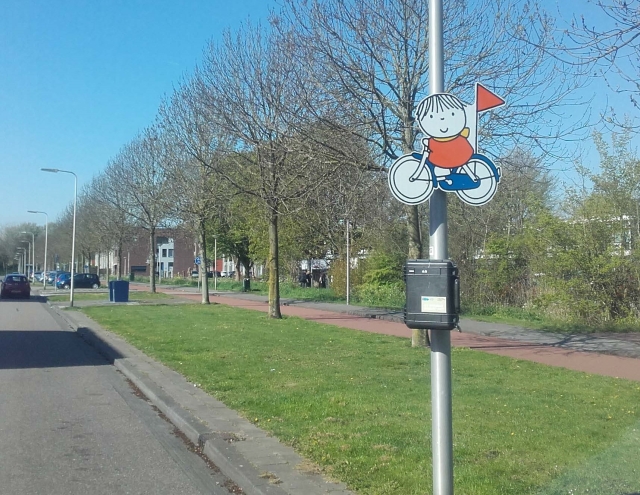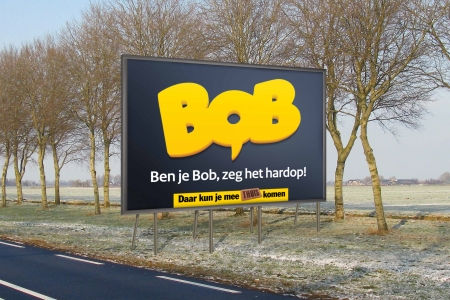There is no clear evidence that general campaigns can reduce speeding. Rather, speed campaigns often have a flanking role to increase support for speed enforcement. A complicating factor is that speed campaigns cannot provide an alternative or behavioural alternative (see the question What determines the effectiveness of public communication?). For alcohol, an alternative driver can be designated; for speeding, the only alternative is 'don't do it' [49]. In addition, there is a persistent belief that speeding is not that risky [50]. However, local feedback on speed behaviour can affect road users' speed. Unfortunately, this effect is often temporary.
In 2010, a national Dutch speed campaign that targeted smaller, mostly unconsciously committed speeding offences on urban roads was evaluated [51]. The campaign consisted of a national component (TV, radio and internet), and a local component (including matrix signs on motorways and signs along 30km/h and 50km/h urban roads). The measurements on 30km/h roads showed that the average speed and the share of (minor) speeding offences changed over time. The measured differences showed little logical correlation with the different phases of the campaign and could therefore not be explained as a campaign effect. The exception was a positive effect of local information posters on 30km/h roads. However, this effect was not lasting and disappeared within a week [51].
Feedback signs, sometimes found along urban roadsides, can positively affect speed behaviour. A well-known example is a sign that shows the speed of drivers when approaching, possibly with a positive smiley if the speed is below the limit and a negative smiley if the speed is above it. Research shows that this kind of feedback sign can have a (limited) positive effect on driving speeds at that location [52] [53] [54] [55] [56]. An experiment in which 'Dick Bruna attention signs' were placed along the road also showed that it is possible to influence very local speed behaviour. However, the effect of these signs was only temporary [57]. This form of public communication should rather be considered as 'Nudging'.

Figure 1. Example of a Dick Bruna attention sign.
A simulator study in Australia [58] showed that it is also possible to influence driver behaviour with general, non-local public communication. Participants were shown visual materials with traditional 'physical' threats, or with a social threat (see the question What public communication strategies are there?). The social threat consisted of the 'Pinkie' campaign (subtitle: Speeding. No one thinks big of you) targeting speeding with a double meaning, since in addition to the expression, it also calls into question the 'masculinity' of the speeding drivers. After seeing the campaign materials, participants showed significantly less hazardous driving behaviour (fewer collisions, less red-light negation) in the driving simulator. The social threat campaign had more effect on men than women (the campaign was meant to target men), but also worked better for men than the physical threat video (in terms of red-light negation). Interestingly, none of the campaigns had any effect on speeds driven in the driving simulator, even though that is what the campaign actually targeted.
